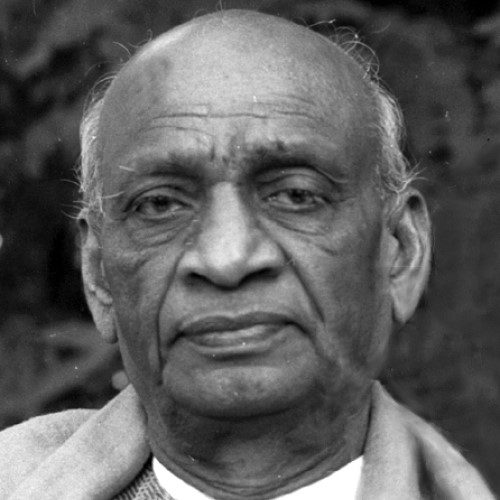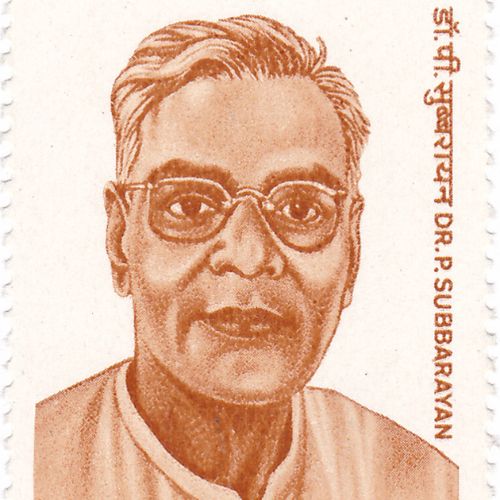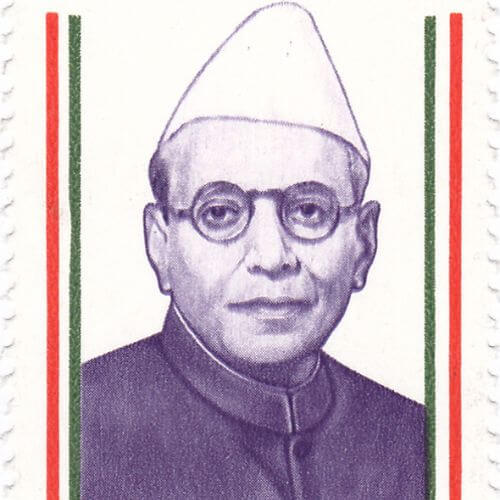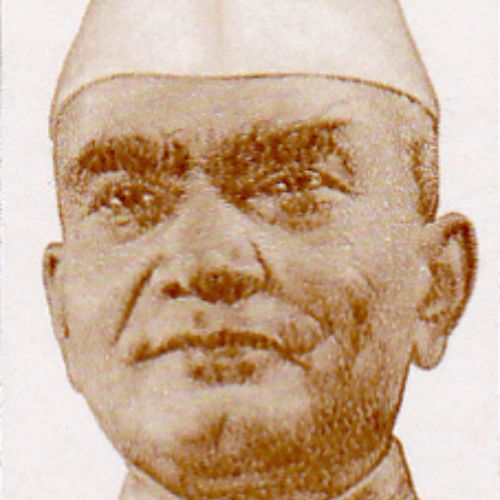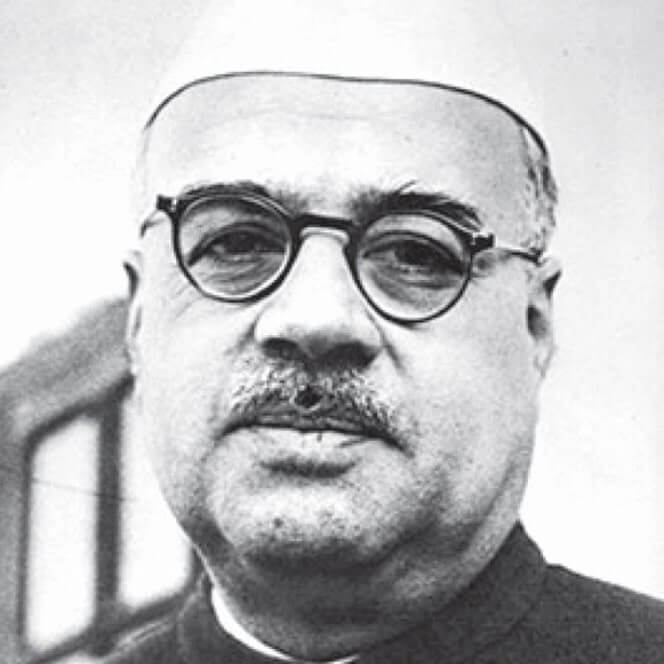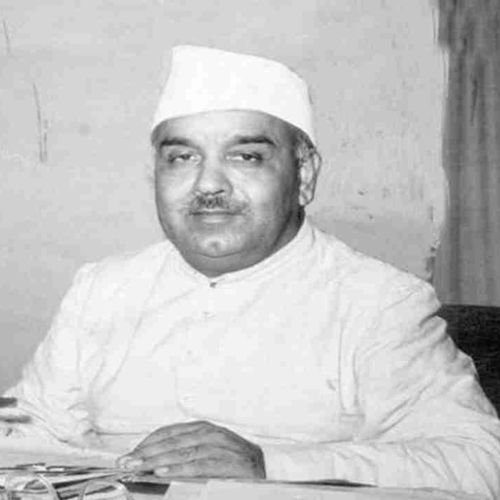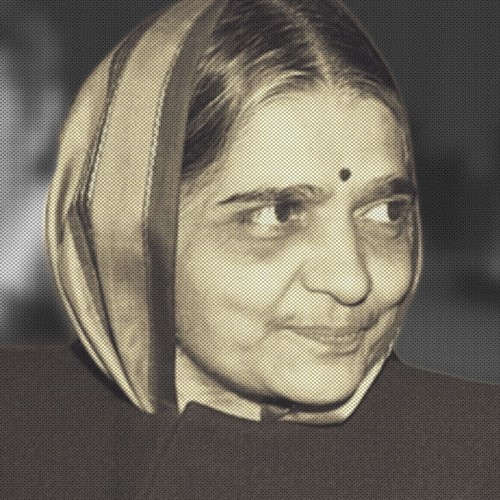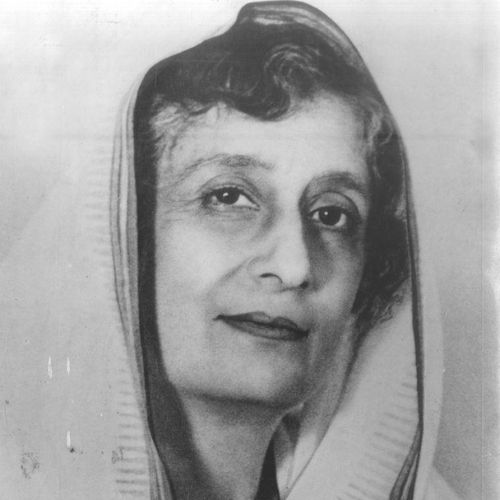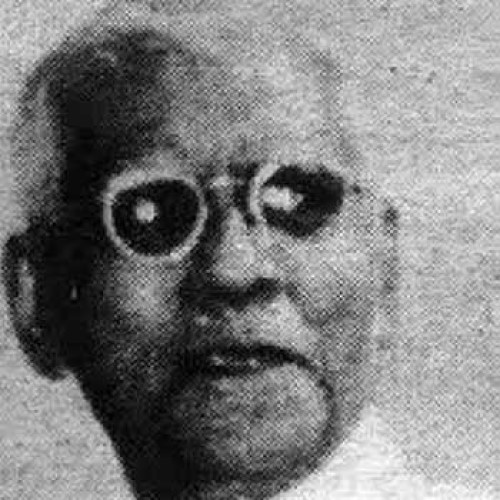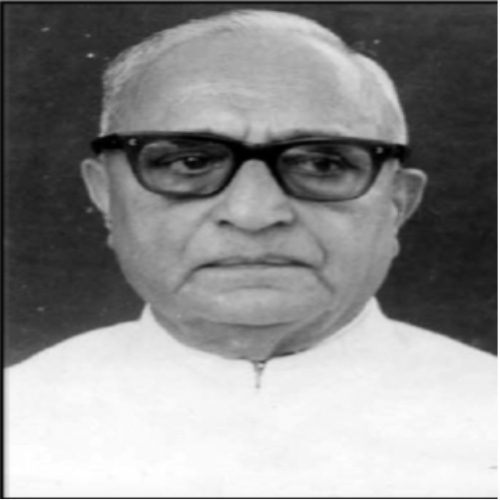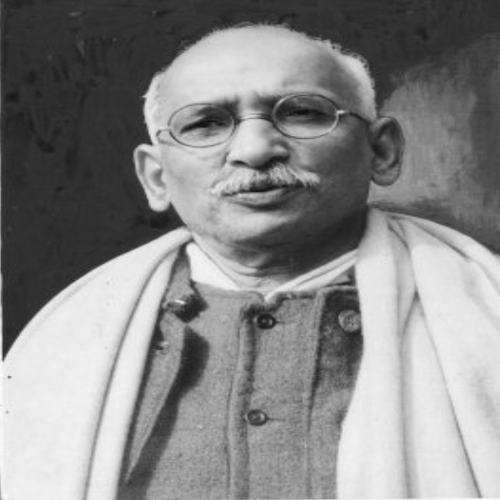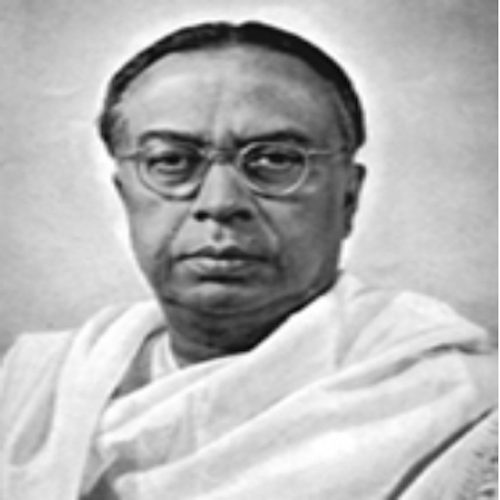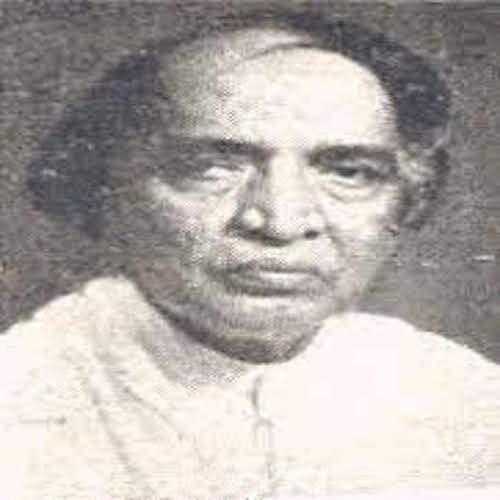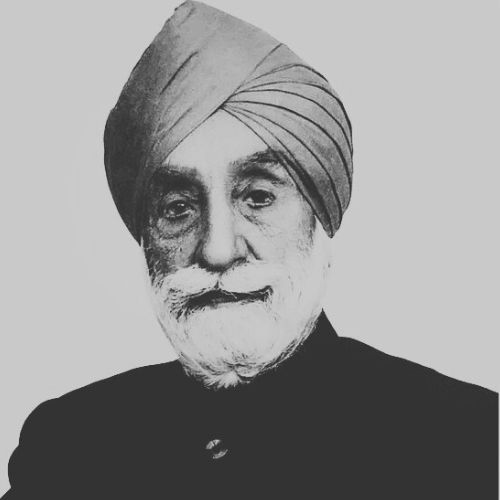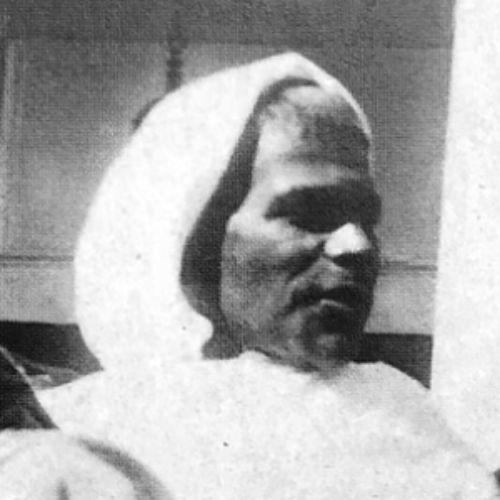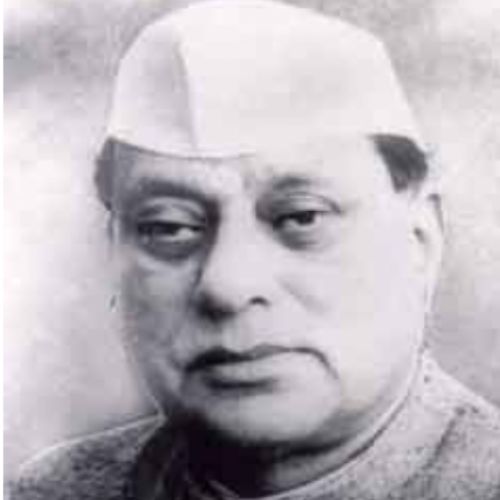According to the Cabinet Mission Plan of 1946, a three-tier system of government had been agreed upon for the new constitution of an independent India. The Union government would only be responsible for matters related to foreign affairs, defense, and communication, with all other powers residing with the Provinces. The Provinces had the choice of ceding power to either the Union or the Groups of Provinces, which made up the second tier of government.
The Constituent Assembly adopted a resolution on 30 April 1947, to establish two committees to determine the main principles of the Union Constitution and a model Provincial Constitution. On 4 May 1947, 21 members were nominated to the Provincial Constitution Committee.
However, the political situation had drastically changed by then. On 3 June 1947, British Prime Minister Clement Attlee announced the partition of India, rendering the three-tier structure proposed by the Cabinet Mission Plan irrelevant. On June 5 and 7, 1947, the two Committees met and decided to create a federal Constitution for India, but with a strong central government.
The Provincial Constitution Committee held its first meeting on 5 May 1947, during which Sardar Vallabhbhai Patel was unanimously elected as Chairman. However, by the time the Committee met again on 6 June, partition had been announced. The Committee discussed the model Provincial Constitution prepared by the Constitutional Advisor, B.N. Rau, with a particular focus on the role and functions of the Governor. These discussions led to the broader question of the nature of federalism in India, and it was decided that a joint meeting with the Union Constitution Committee was necessary to discuss this matter.
The joint meeting was held on 7 June, during which it was decided that there would be a Parliamentary Cabinet-type of government at the provincial level, headed by a Governor appointed by the Province and elected by a special electoral college (this was ultimately not included).
On June 9, two sub-committees were formed, one to look into the composition of the special electoral college, and the second on the composition of second chambers in provincial legislatures. The second question had caused some controversy, with most members not in favour of a second chamber at all. However, it was decided that this matter should be left to representatives of the individual provinces themselves, with the Committee only deciding on the composition of such a chamber.
On June 11, the Committee finalized the manner of appointment of High Court judges. The recommendations of the two sub-committees were accepted, with direct election of the Governor and the composition of second chambers. Finally, the Committee adjourned sine die with the decision to prepare a report for circulation in the Constituent Assembly.
- Memorandum on the Principles of a Model Provincial Constitution prepared by the Constitutional Adviser, 30 May 1947
- Report of the Provincial Constitution Committee, 27 June 1947
- The Framing of India’s Constitution 1966, Vol. 2 by Shiva Rao
- The Indian Constitution: Cornerstone of a Nation by Granville Austin

